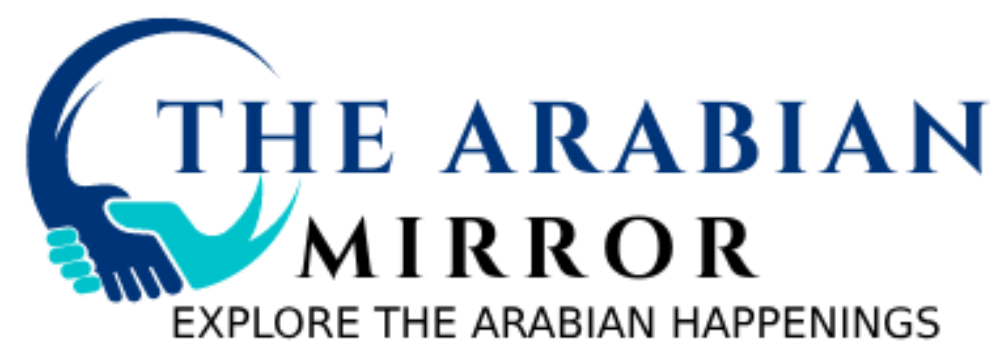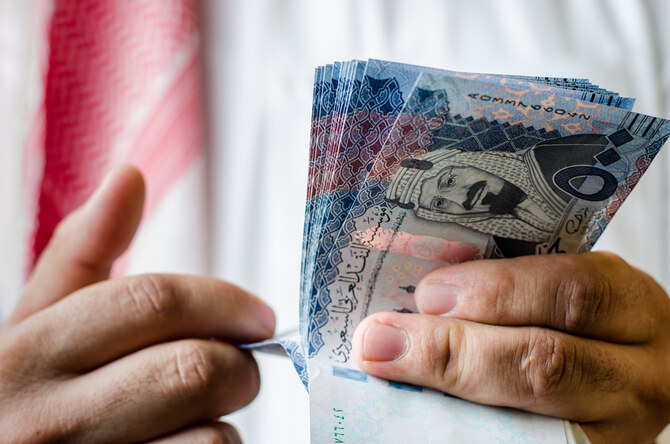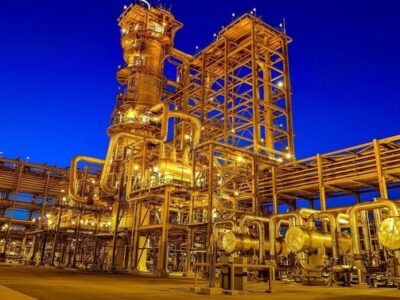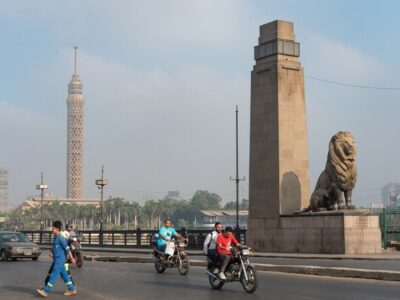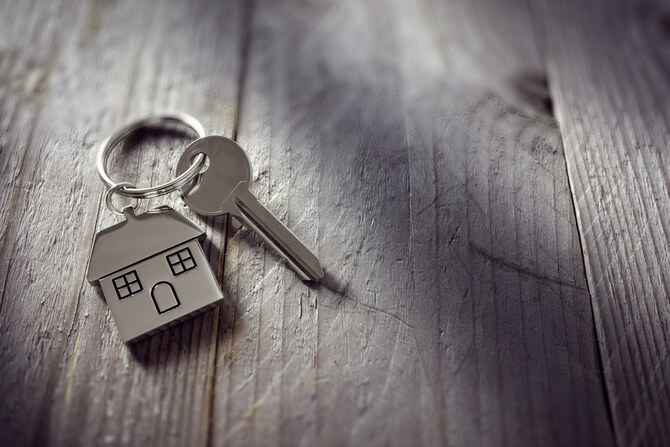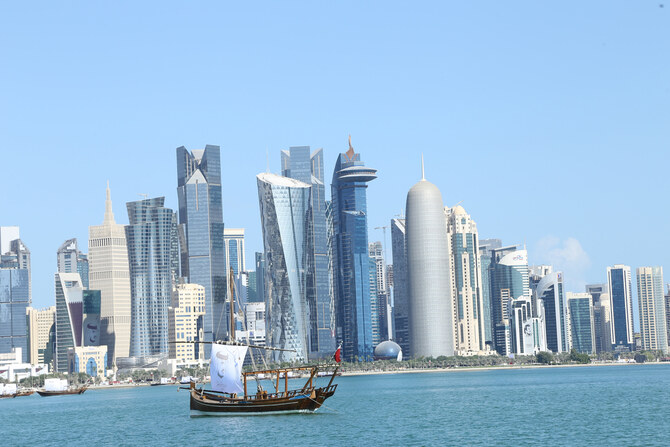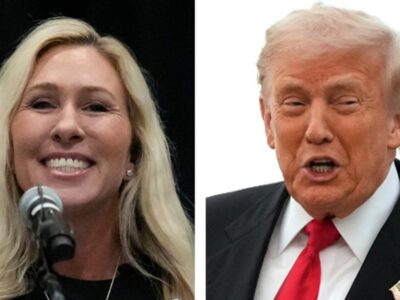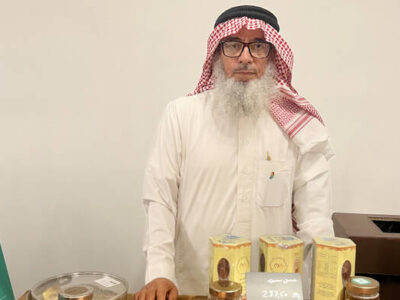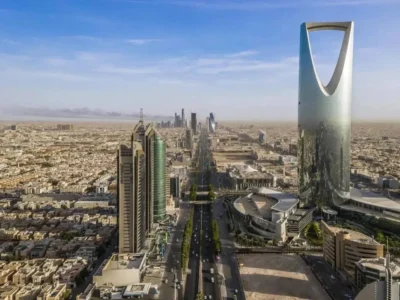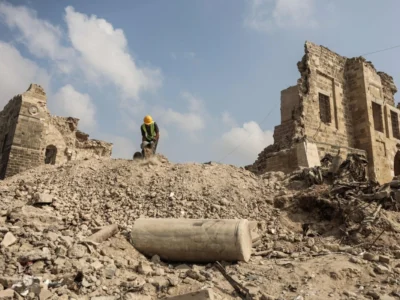According to Jadwa Investment, significant development in the non-oil economy and lower prices in key industries are expected to drive Saudi Arabia’s inflation down to 1.7 percent in 2024, from a previous estimate of 2 percent.
The Riyadh-based investment management and advisory firm ascribed this change to steady growth in consumer prices, given that the first half of the year saw an increase in inflation of just 1.6%.
Reduced costs for apparel, shoes, and transportation, according to Jadwa, have lessened the impact of the housing market’s inflationary pressures. This tendency is consistent with a worldwide trend in which price pressure is being lessened by improved supply chains and diminishing demand.
Housing expenses continue to be a major driver of inflation even with the general slowdown in inflation, especially when it comes to the “rentals for housing” section. Due to strong demand and a competitive rental market—exacerbated by high borrowing rates—prices in this category have remained high. This is because more Saudis are choosing to rent rather than buy properties.
According to the research, this pattern is anticipated to continue, keeping pressure on prices in the housing and utilities sector, which accounts for 25% of the CPI.
Also Read:
Petchem Industry in Saudi Arabia is Strengthened by New Digital Platform
